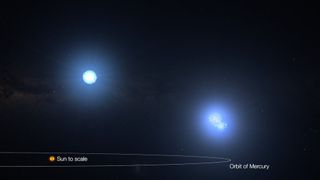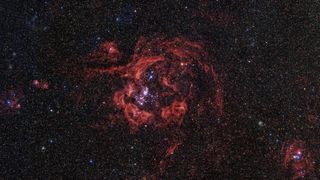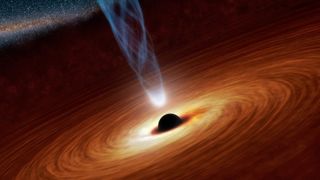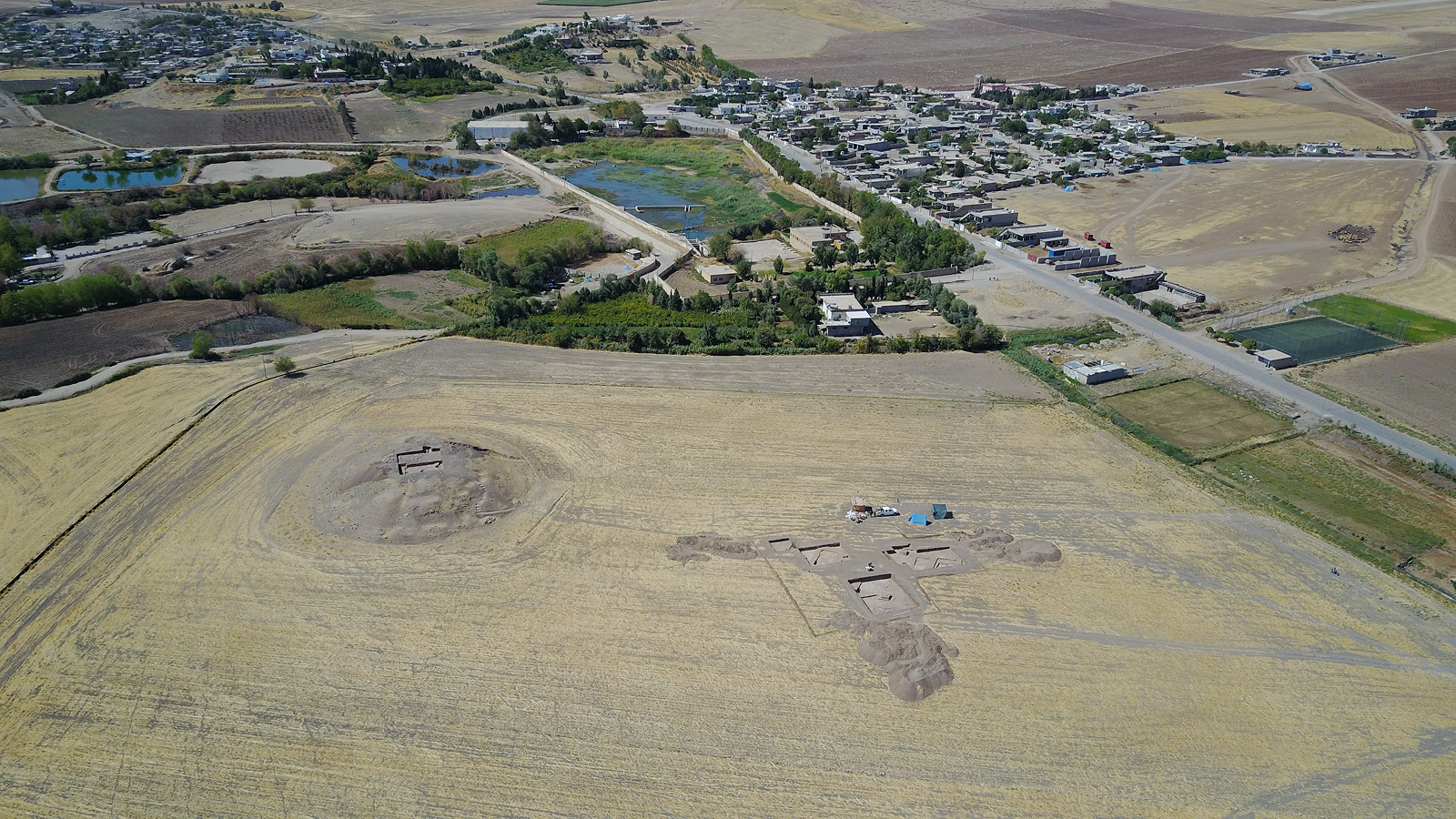stars
Latest about stars

Gaia space telescope discovers 55 'runaway' careening away from stellar cluster at 80 times the speed of sound
By Robert Lea published
Using the Gaia space telescope, astronomers have observed 55 massive stars ejected from their home star cluster in the Large Magellanic Cloud at speeds equivalent to 80 times the speed of sound.

Space photo of the week: See the gorgeous Rosette Nebula — before it destroys itself
By Jamie Carter published
The Dark Energy Camera imaged the Rosette Nebula, capturing a kaleidoscope of color created by the star cluster born within it.

NASA's exoplanet hunter TESS spots a record-breaking 3-star system
By Robert Lea published
Using NASA's exoplanet-hunting spacecraft, TESS, astronomers and citizen scientists have discovered a record-breaking system of three tightly bound stars that could fit between the sun and Mercury.

32 alien planets that really exist
By Brandon Specktor published
Beyond our solar system, countless alien worlds of lava, ice, water and noxious gas swirl through the cosmos. Here are some of the strangest exoplanets that scientists have discovered so far.

'We have changed the view of our galaxy forever': Astronomers capture most detailed ever infrared map of the Milky Way
By Ben Turner published
Astronomers at the European Southern Observatory have released the largest infrared map of the Milky Way ever. The enormous dataset contains millions of new objects, and the researchers expect to scour it for discoveries for years to come.

Mysterious, ultraheavy stars are gobbling up atmospheres like carrion, new study hints
By Paul Sutter published
Strange, ultraheavy stars that are rich in barium grow massive by cannibalizing their companions, scientists discover after finally catching these stellar leeches in the act.

Space photo of the week: Entangled galaxies form cosmic smiley face in new James Webb telescope image
By Jamie Carter published
A new image from the James Webb Space Telescope shows Arp 107, home to two merging galaxies, with two bright cores and a "bridge" of dust and gas forming a cosmic smiley face.

Betelgeuse, Betelgeuse? One of the brightest stars in the sky may actually be 2 stars, study hints
By Deepa Jain published
Betelgeuse, one of the brightest stars in the sky, may have a secret sunlike companion that drives the star’s mysterious six-year-long "heartbeat," new research suggests.

The Andromeda Galaxy glows rosy red in gorgeous new Hubble Telescope image
By Samantha Mathewson published
The Andromeda Galaxy, the Milky Way's closest galactic neighbor, glows brightly in a new Hubble Space Telescope image with swathes of ionized gas that fuel star formation.

The James Webb telescope found hundreds of 'little red dots' in the ancient universe. We still don't know what they are.
By Fabio Pacucci published
These small galaxies are either crammed with stars or they host gigantic black holes. The data astronomers have collected continues to puzzle them.
Get the world’s most fascinating discoveries delivered straight to your inbox.


